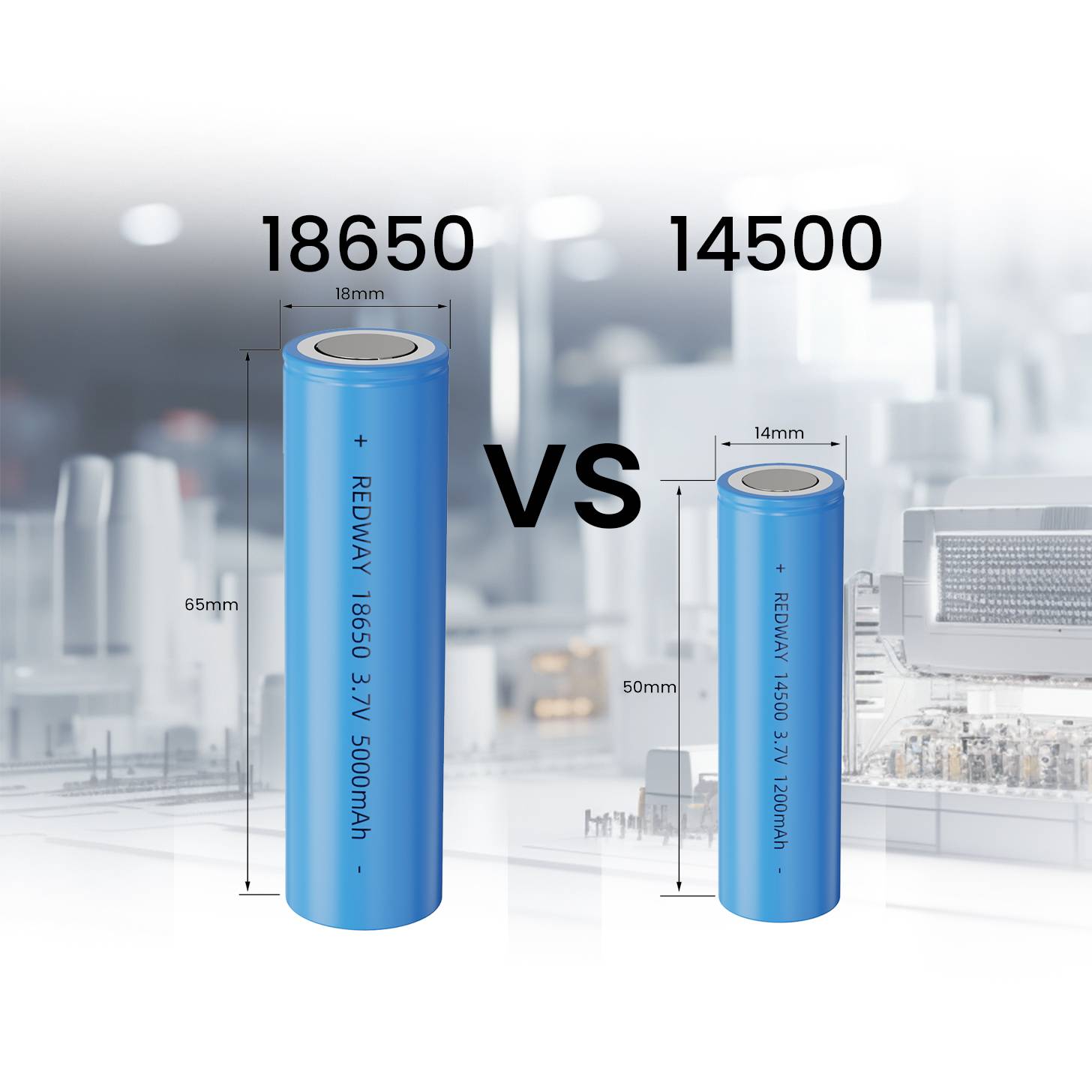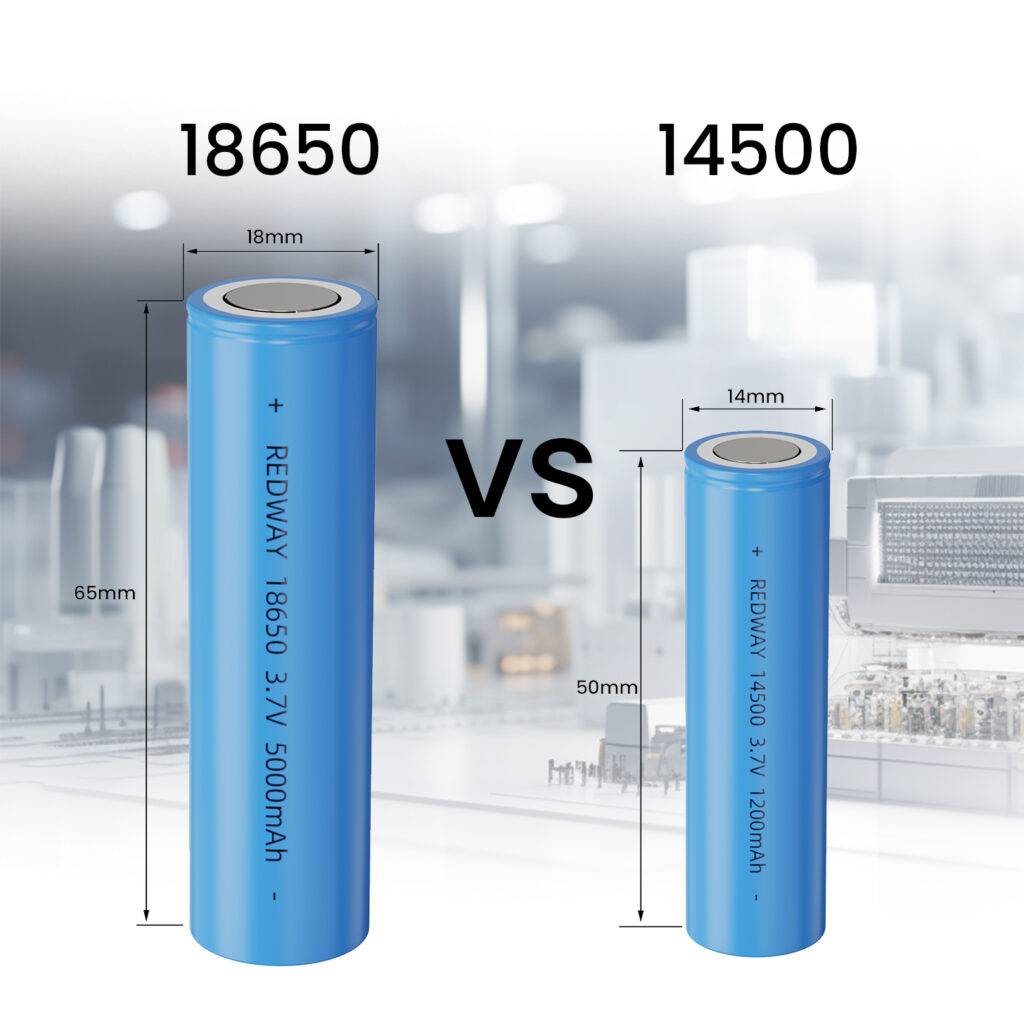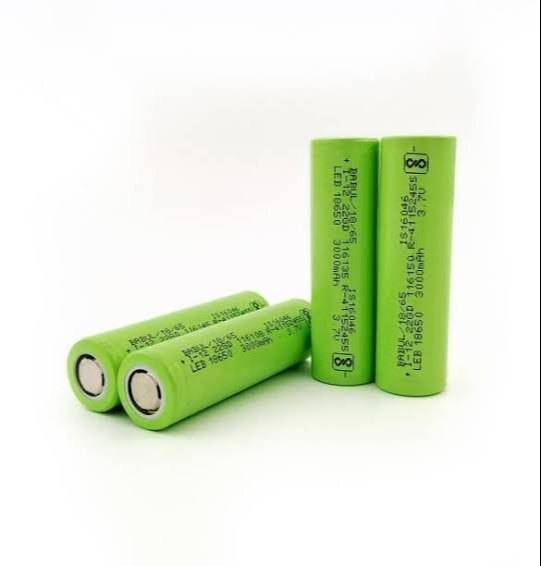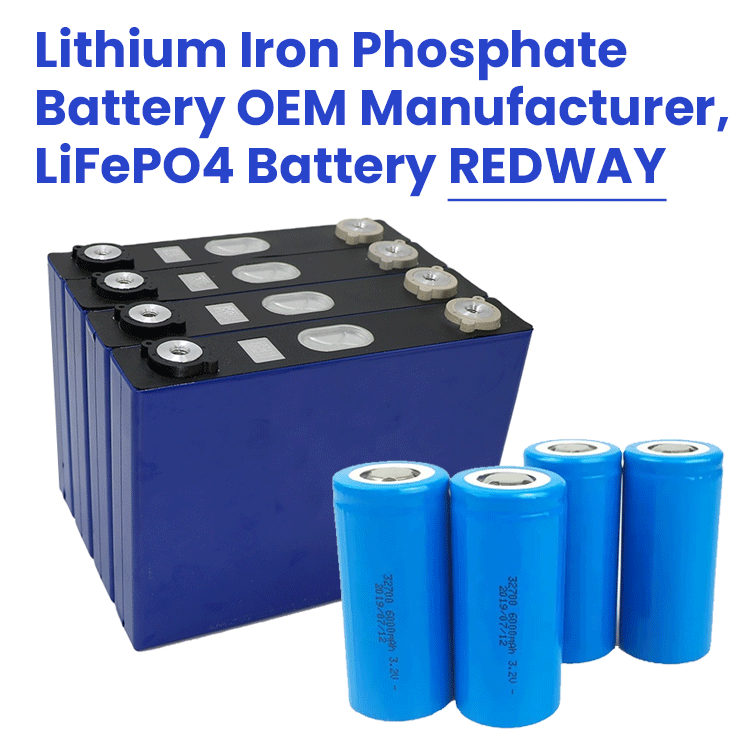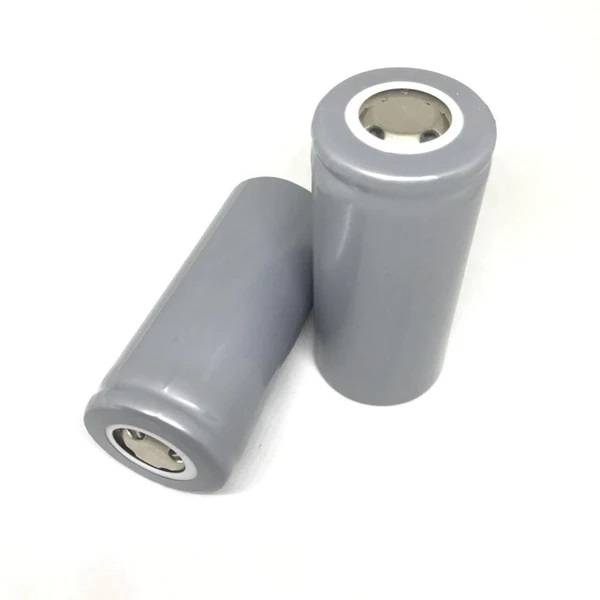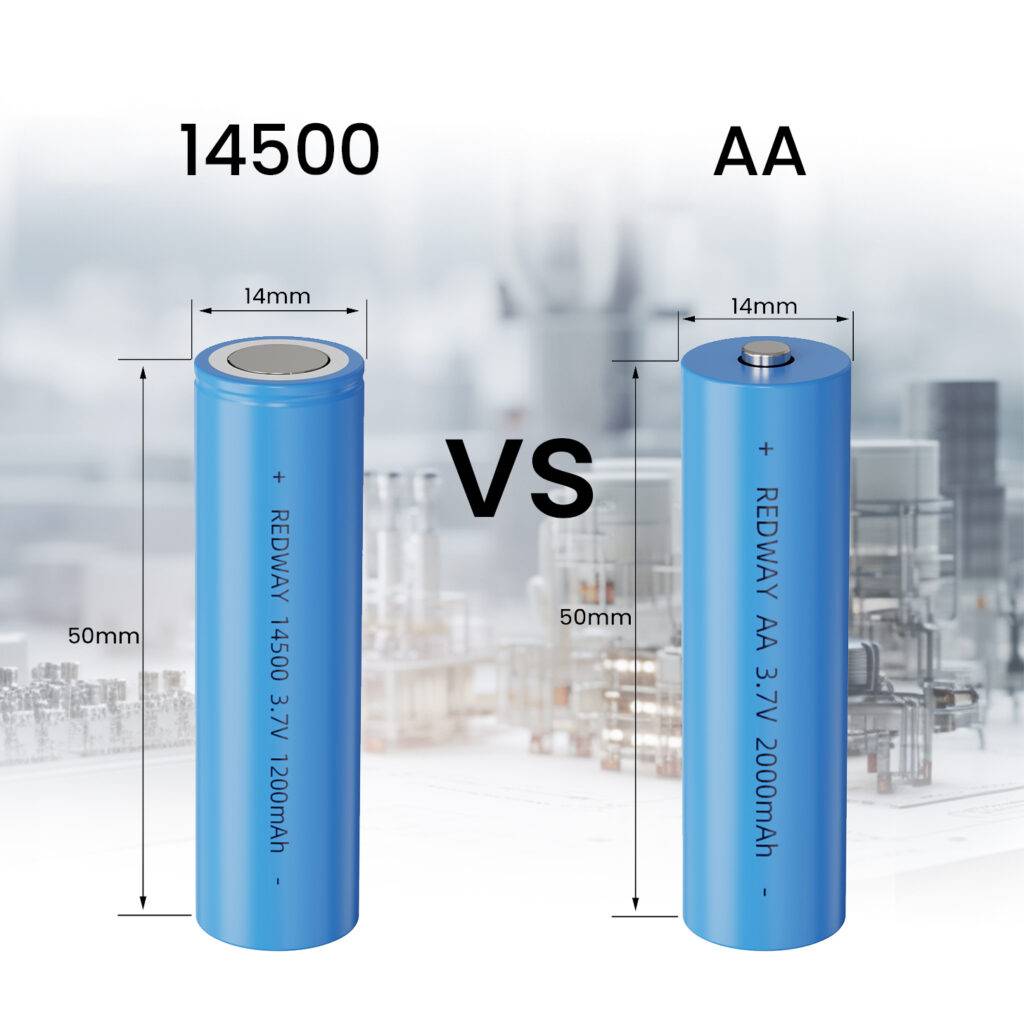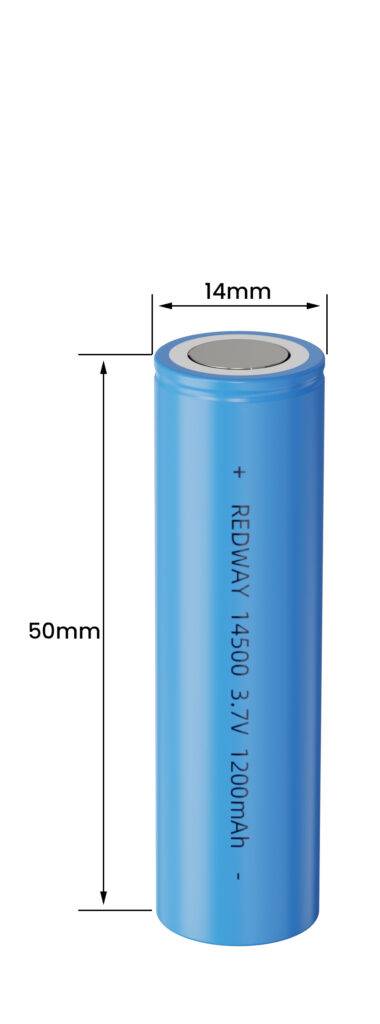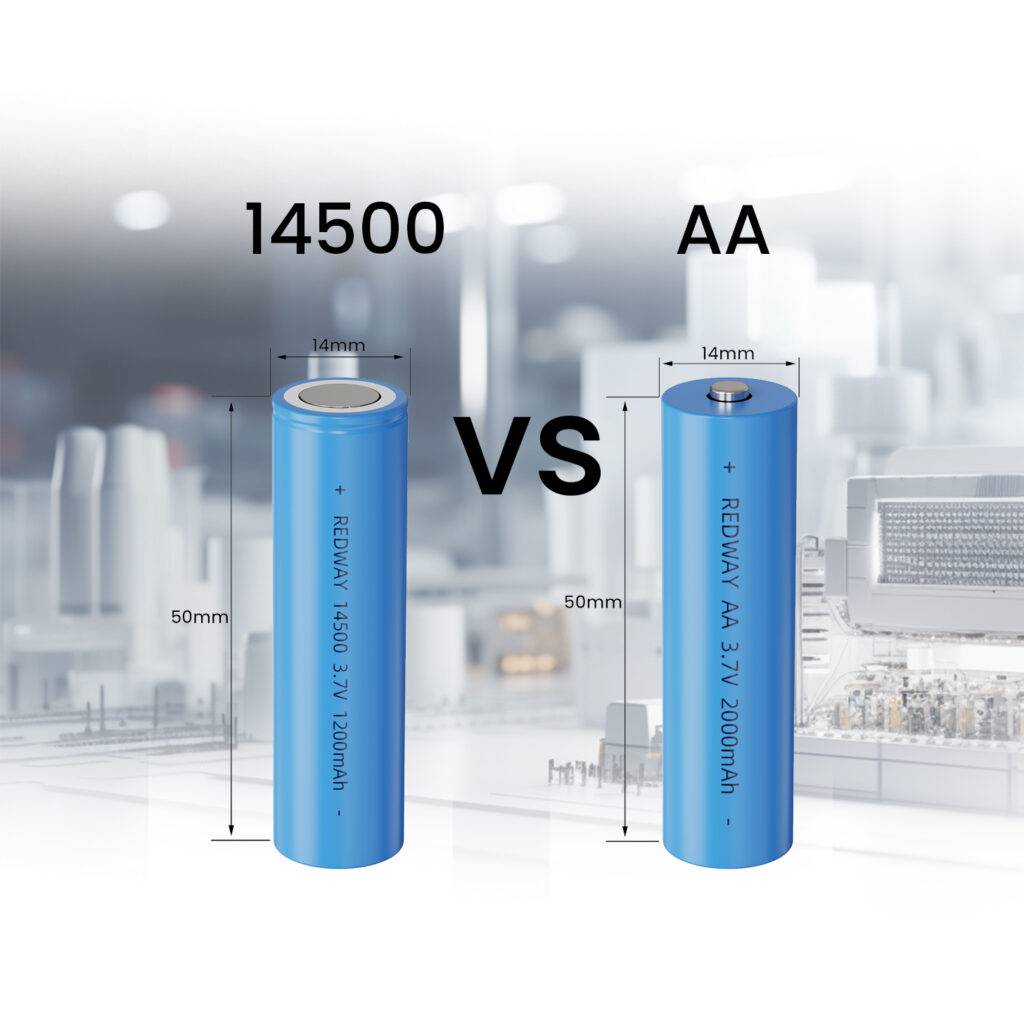Batteries play a crucial role in powering a wide range of devices and applications, from portable electronics to electric vehicles. Two popular battery types that have gained significant attention in recent years are the 18650 and 14500 batteries. It can be helpful to look at the technical specifications of each battery type to determine which one is best suited for a specific application.
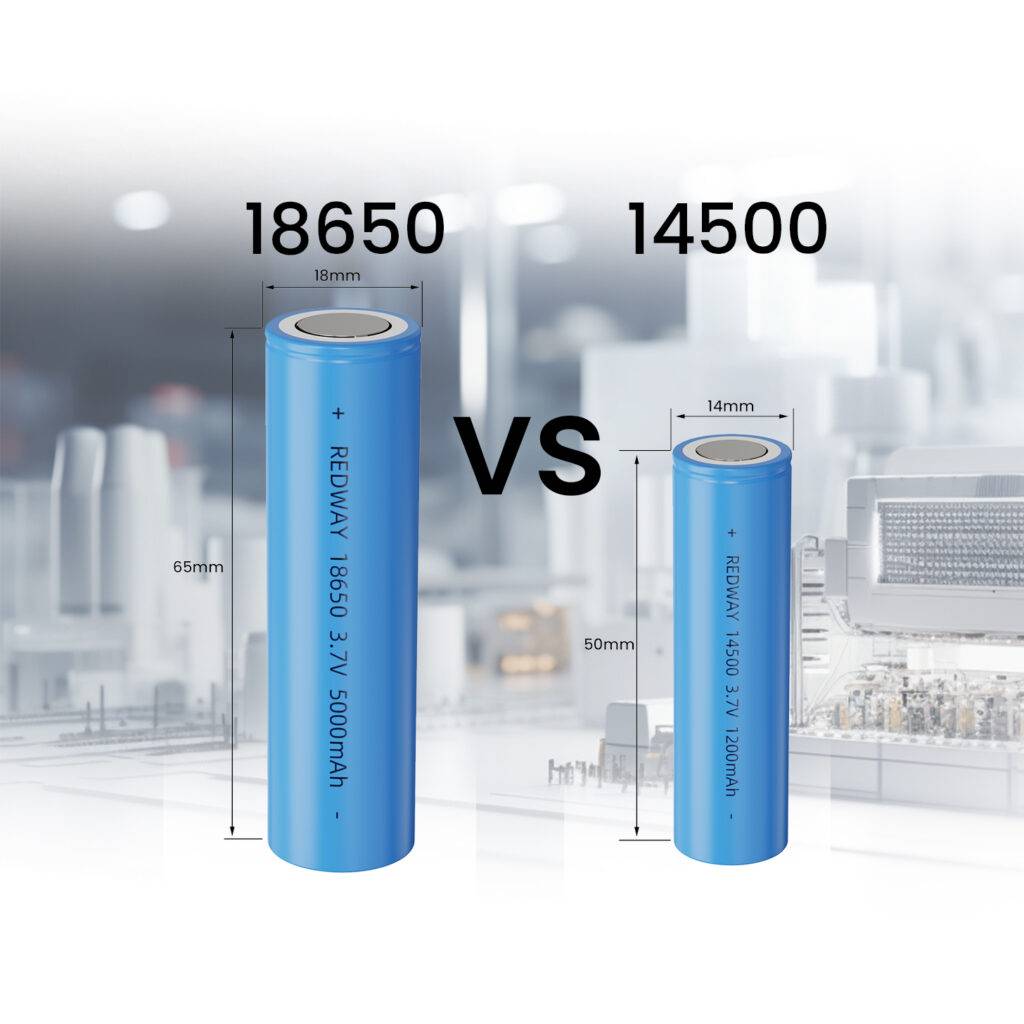
#post_seo_title
Overview of 18650 Batteries
The 18650 battery has established itself as a prominent power source in various industries. With a cylindrical shape measuring 18mm in diameter and 65mm in length, it offers a compact form factor that can fit into many devices. One of its standout features is its impressive capacity and energy density, which enables it to store a substantial amount of power. The voltage output of an 18650 battery typically ranges from 3.6V to 4.2V, making it suitable for devices that require higher voltages. Additionally, it exhibits favorable charging and discharging rates, allowing for efficient power delivery. Due to its versatility, the 18650 battery finds applications in high-drain devices such as laptops, power tools, and electric vehicles.
Overview of 14500 Batteries
While the 14500 battery shares a similar cylindrical form factor with the 18650, it differs in terms of dimensions. With a diameter of 14mm and a length of 50mm, the 14500 battery is smaller and more compact. However, its reduced size comes with a tradeoff in terms of capacity and energy density. Typically, the 14500 battery offers a lower capacity compared to the 18650, but it still provides sufficient power for low-drain applications. The voltage output ranges from 3.2V to 4.2V, making it suitable for devices that operate within this voltage range. The charging and discharging rates are generally slower compared to the 18650 battery. Due to its smaller size, the 14500 battery finds applications in devices that prioritize portability, such as flashlights, small electronics, and remote controls.
Comparison of Key Specifications
Here is a breakdown of the key technical differences between the two battery types (18650 vs 14500 Batteries):
Capacity: The capacity of a battery refers to the amount of energy that it can store. The 18650 battery typically has a higher capacity than the 14500, with a typical range of 2000mAh to 3500mAh compared to the 14500’s 600mAh to 1200mAh capacity.
Voltage
Voltage refers to the electrical potential difference between the positive and negative terminals of a battery. Both the 18650 and 14500 batteries have a nominal voltage of 3.7 volts.
Size
The 18650 battery is larger than the 14500, with a length of around 65mm and a diameter of 18mm compared to the 14500’s length of around 50mm and diameter of 14mm.
Discharge rate
The discharge rate of a battery refers to how quickly it can deliver energy. The 18650 typically has a higher discharge rate than the 14500, with a maximum discharge rate of around 20 amps compared to the 14500’s maximum discharge rate of around 6 amps.
Price
The 18650 battery is generally more expensive than the 14500 due to its larger capacity and higher discharge rate.
Applications
The 18650 battery is typically used in high-drain devices such as flashlights, power tools, and electric vehicles, while the 14500 is used in smaller electronics such as remote controls, LED lights, and small drones.
Use Cases and Recommendations
The high-drain nature of the 18650 battery makes it an ideal choice for power-hungry devices such as laptops, cordless power tools, and electric vehicles. Its larger capacity and energy density ensure extended usage time. On the other hand, the 14500 battery’s lower capacity and energy density, combined with its compact size, make it a favorable option for low-drain devices that prioritize portability, such as small electronics, flashlights, and remote controls. When selecting a battery for a specific device or application, it is essential to consider the power requirements, size constraints, and desired performance.
It is important to note that the specifications of individual batteries can vary depending on the manufacturer and model. Additionally, it is important to choose a reputable battery manufacturer such as Redway Power, a custom lithium-ion battery OEM manufacturer that specializes in lithium iron phosphate batteries, to ensure that the battery meets the necessary safety and quality standards for the intended application.
Summary
In summary, the 18650 and 14500 batteries have their own strengths and weaknesses, and the best choice depends on the specific application. While the 18650 may be a better choice for high-drain devices that require longer run times and higher capacity, the 14500 is a more cost-effective option for smaller electronics. Ultimately, it is important to consider the technical specifications of each battery and choose a reputable manufacturer to ensure the battery is safe and reliable.

